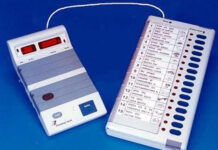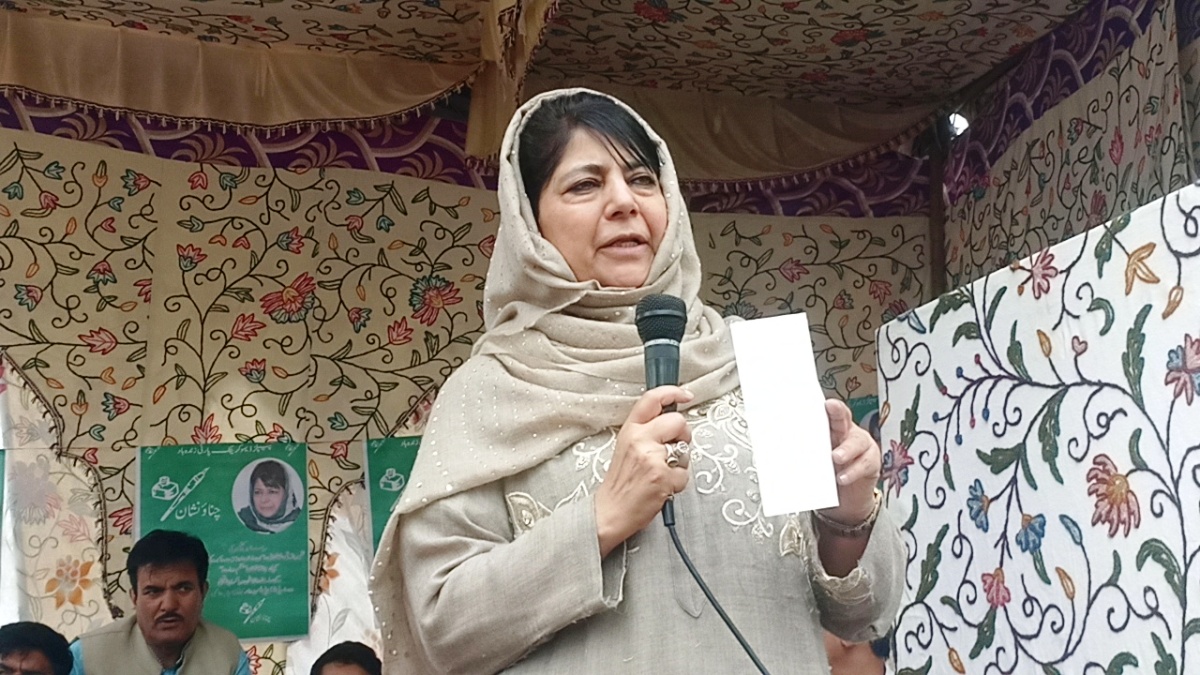SRINAGAR: The June 15, battles that Indian and Chinese soldiers fought over the banks of Galwan river in Eastern Ladakh has had many versions coming from the government and the media. Now the India Today has come up with a long story of the happenings saying the two armies fought three back to back battles till late on June 15 night and then quickly started the exchange of casualties.

The report said that the Chinese lost 16 soldiers and India 20. The battles took place at Patrol Point 14, according to the detailed report by the magazine’s defence reporter, Shiv Aroor. The story, according to the reporter is based on “a series of conversations with Army personnel in the Galwan Valley, Thangtse and Leh.”
The clashes were the outcome of the Indian army’s follow up to the decisions that were taken in the meeting that took place at the Lt General level almost 10 days earlier. During talks, the report said, a Chinese observation post, set up at the vertex of the bend in the Galwan River on the Indian side of the Line of Actual Control was proven to be an aberration and decided to be undone. “A few days after talks the post was dismantled by the Chinese,” the report said. Post-dismantlation, 16-Bihar Commanding Officer Colonel B Santosh Babu did meet his counterpart. “But on June 14, the camp unexpectedly re-emerged overnight.” This led to the crisis.
Babu’s Visit
On June 15, at 7 pm, Colonel Babu led 35 of his troops including two Major rank officers, to the post. They were on foot. Babu was already in touch with his counterpart and the rival units had some kind of familiarity with each other. But when they reached there, “the first thing the Indian team noticed was that the Chinese troops didn’t seem familiar — they weren’t the PLA troops normally deployed in the area.” As was later known, they were freshly inducted after the PLA exercise in Tibet. They were “immediately belligerent”.
“When Colonel Babu opened the conversation, asking why the post had been re-erected, a Chinese soldier stepped up and pushed the Indian Colonel backwards hard, with expletives in the Chinese language,” the report said. It triggered a pitched battle between the two sides that lasted for 30 minutes in which many people were injured from both sides.
Chinese Attacks: How The Powerful Media Commented On The Crisis?
In an Army unit, as several voices have since articulated, seeing your Commanding Officer disrespected and assaulted thus is equivalent to seeing your parents physically abused. The reaction was instant. The Indian team pounced on the Chinese. The fight strictly was a proper fist-fight with no melee weapons of any kind. This was the first brawl and ended about 30 minutes later with injuries on both sides, but the Indian team prevailing. It ended with the destruction of the newly erected post by Babu’s team and also the Chinese troops pushed to their side of the LAC, according to the report.
Babu sent his injured men to their garrison and asked for reinforcements. He stayed back.
The Second Battle
As Indian soldiers pushed the Chinese into their territory, it led to the second brawl in which, according to the report “most of the casualties” were reported. Literally, in a state of ambush in their side of the territory, the report said, the attack started quickly. “More Chinese troops, of the ‘new’ kind, were waiting in positions both on the banks of the Galwan as well as in positions up on a ridge to the right. Almost as soon as they arrived, large stones began to land,” the report said. “At about 9 pm, Colonel Babu was struck on the head by a large stone, and he fell into the Galwan River. The assessment is that it may not have been a targeted attack on the Colonel, but in the flurry, he was struck.”

The second brawl, the report said continued for 45 minutes and spread to various other pockets in the same stretch of border. “While some have imagined it to be one big crowd of men fighting each other like a mob, the brawl actually separated into different groups, with nearly 300 men fighting each other,” the report said. “When the fighting stopped, several bodies of both Indian and Chinese troops were in the river, including the Indian Commanding Officer.”
The two sides disengaged and there was silence for almost an hour up to around 11 pm. “Colonel Babu’s body and those of some of the other jawans were carried back to the Indian side, while the rest of the Indian team remained on the Chinese side taking stock of the situation,” the report said.
The Third Battle
When the two armies were recovering injured and the dead, “the Indian side heard the unmistakable hum of a quadcopter drone” and this was a trigger for the third brawl. By then reinforcements had reached from 16 Bihar and 3 Punjab Regiment and “the Indian team stepped deeper into the Chinese side, wanting to ensure they didn’t let large numbers of aggressive Chinese troops get close to the LAC”.

KL image: Bilal Bahadur
This brawl continued till well past midnight “fully on the Chinese side”. After being exhausted in five hours of fighting over oxygen-deficient altitude, both sides fell silent. By then respective medics reached the spot. “The remains of soldiers on both sides were exchanged in the darkness. The physical separation of the fighting groups finally led to 10 Indian men — 2 Majors, 2 Captains and 6 jawans — being held back the Chinese side even after the disengagement,” the report said. “And it is here that the sequence begins to blur.”
The report said it has learnt that “16 Chinese Army bodies handed back to the Chinese side after brawl No.3, including 5 officers”. It added: “In the chaotic melee that was brawl No 3, the disengagement in the darkness led to several injured men from both sides remaining with the other”. As the June 16 sun shined over the peaks, the situation was being reviewed by the two Major Generals of the area. A day later, 10 soldiers were freed by the Chinese.















